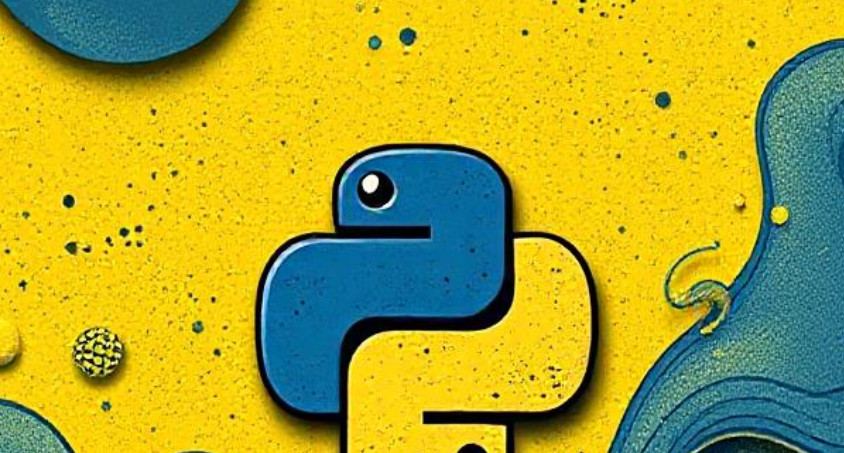Python is one of the most popular programming languages today, known for its simplicity, readability, and versatility. Whether you’re a complete beginner or an experienced coder looking to expand your skills, interactive Python lessons can make learning faster and more engaging.
In this guide, we’ll explore the best interactive Python learning platforms, their key features, and how they can help you master Python efficiently.
Why Learn Python with Interactive Lessons?
Traditional learning methods—like reading textbooks or watching videos—can be passive. Interactive lessons, on the other hand, offer:
✅ Hands-on coding practice – Write and run Python code directly in your browser.
✅ Instant feedback – Get real-time corrections and suggestions.
✅ Gamified learning – Earn badges, complete challenges, and track progress.
✅ Better retention – Active participation helps reinforce concepts.
Let’s dive into the best platforms offering interactive Python lessons.
Top Interactive Python Learning Platforms
1. Codecademy (Learn Python 3)
🔗 https://www.codecademy.com/learn/learn-python-3
Best for: Beginners who want structured, step-by-step lessons.
Features:
✔ Interactive coding exercises
✔ Covers Python basics, loops, functions, and data structures
✔ Free beginner course (Pro version for advanced topics)
Example Exercise:
# Write a function that returns the square of a number def square(num): return num * num
2. DataCamp (Introduction to Python)
🔗 https://www.datacamp.com/courses/intro-to-python-for-data-science
Best for: Aspiring data scientists and analysts.
Features:
✔ Focuses on Python for data analysis (Pandas, NumPy)
✔ Video tutorials + in-browser coding
✔ Free introductory course
Example Exercise:
# Calculate the average of a list numbers = [4, 8, 15, 16, 23, 42] average = sum(numbers) / len(numbers) print(average)
3. LeetCode (Python Challenges)
Best for: Intermediate coders preparing for coding interviews.
Features:
✔ Hundreds of Python coding problems
✔ Ranges from easy to hard difficulty
✔ Great for mastering algorithms & data structures
Example Problem:
# Reverse a string in Python def reverse_string(s): return s[::-1]
4. HackerRank (Python Track)
🔗 https://www.hackerrank.com/domains/tutorials/10-days-of-python
Best for: Competitive programmers and job seekers.
Features:
✔ 10-day Python crash course
✔ Coding challenges with scoring
✔ Covers strings, lists, dictionaries, and more
Example Challenge:
# Check if a string is a palindrome def is_palindrome(s): return s == s[::-1]
5. Kaggle (Python Courses)
🔗 https://www.kaggle.com/learn/python
Best for: Data science and machine learning beginners.
Features:
✔ Free micro-courses
✔ Hands-on exercises with real datasets
✔ Covers Python basics and Pandas
Example Task:
# Count how many times a word appears in a list words = ["apple", "banana", "apple", "cherry"] word_count = words.count("apple") print(word_count)
6. Real Python (Interactive Quizzes)
🔗 https://realpython.com/quizzes/
Best for: Intermediate learners testing their knowledge.
Features:
✔ Free Python quizzes
✔ Covers OOP, decorators, generators, and more
✔ Detailed explanations for answers
Example Quiz Question:
# What does this code output? x = [1, 2, 3] y = x y.append(4) print(x) # Answer: [1, 2, 3, 4] (because y references x)
7. CheckiO (Game-Based Python Learning)
Best for: Gamified learning with missions and puzzles.
Features:
✔ Solve Python puzzles in a game-like environment
✔ Community solutions for comparison
✔ Fun for beginners and advanced coders
Example Mission:
# Write a function to find the first non-repeating character def first_non_repeating_letter(s): for char in s: if s.lower().count(char.lower()) == 1: return char return ""
How to Get the Most Out of Interactive Python Lessons
Start with the Basics – Master syntax, loops, and functions before moving to advanced topics.
Practice Daily – Consistency is key; even 20 minutes a day helps.
Work on Mini-Projects – Build small apps (e.g., a calculator, to-do list) to apply concepts.
Join Coding Communities – Engage in forums like Stack Overflow or Reddit’s r/learnpython.
Track Your Progress – Use platforms that offer progress tracking (like Codecademy).
Final Thoughts
Interactive Python lessons make learning faster, more engaging, and more effective than passive methods. Whether you prefer structured courses (Codecademy), coding challenges (LeetCode), or game-based learning (CheckiO), there’s a platform for you.
Which one will you try first? 🚀
Quick Recap of Best Interactive Python Learning Platforms
| Platform | Best For | Free? |
|---|---|---|
| Codecademy | Beginners | Free (Pro for advanced) |
| DataCamp | Data Science | Free intro course |
| LeetCode | Coding Interviews | Free |
| HackerRank | Competitive Coding | Free |
| Kaggle | Data Science | Free |
| Real Python | Intermediate Quizzes | Free |
| CheckiO | Gamified Learning | Free |
Happy coding! 🐍💻

